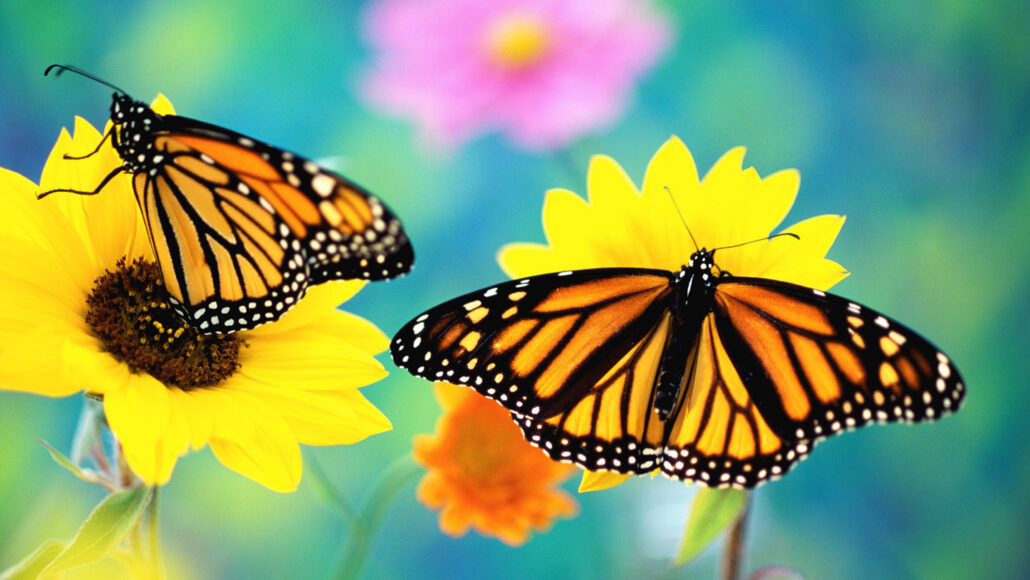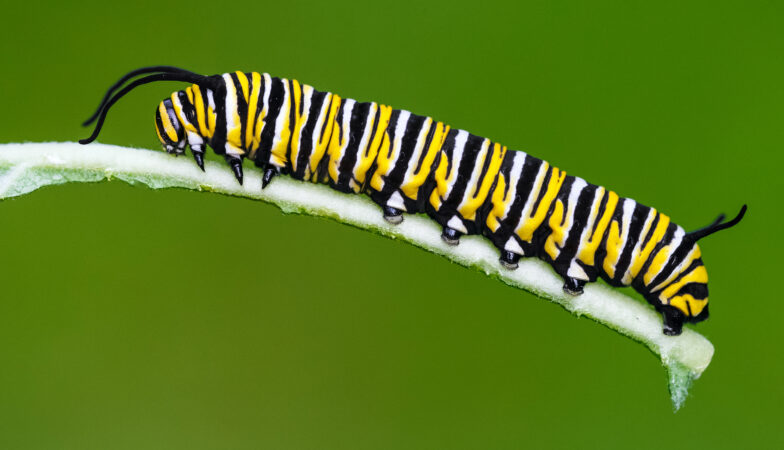amphibians: A group of animals that includes frogs, salamanders and caecilians. Amphibians have backbones and can breathe through their skin. Unlike reptiles, birds and mammals, unborn or unhatched amphibians do not develop in a special protective sac called an amniotic sac.
caterpillar: The larval stage of moths and butterflies. Somewhat wormy-shaped crawlers, caterpillars tend to eat leaves and other plant bits. Some will, however, dine on other insects.
egg: A reproductive cell that contains half of the genetic information necessary to form a complete organism. In humans and in many other animals, ovaries produce eggs. When an egg fuses with a sperm, they combine to produce a new cell, called a zygote. This is the first step in the development of a new organism."
insect: A type of arthropod that as an adult will have six segmented legs and three body parts: a head, thorax and abdomen. There are hundreds of thousands of insects, which include bees, beetles, flies and moths.
metamorphosis: A dramatic change from one stage in an animal’s life history to the next, such as the process by which a tadpole becomes a frog or the changes that transform a caterpillar into a butterfly.
sea: An ocean (or region that is part of an ocean). Unlike lakes and streams, seawater — or ocean water — is salty.
sea star: A type of sea creature that is usually shaped like a star. While sometimes called starfish, sea stars are not true fish. They are related to sand dollars, sea urchins and sea cucumbers.









